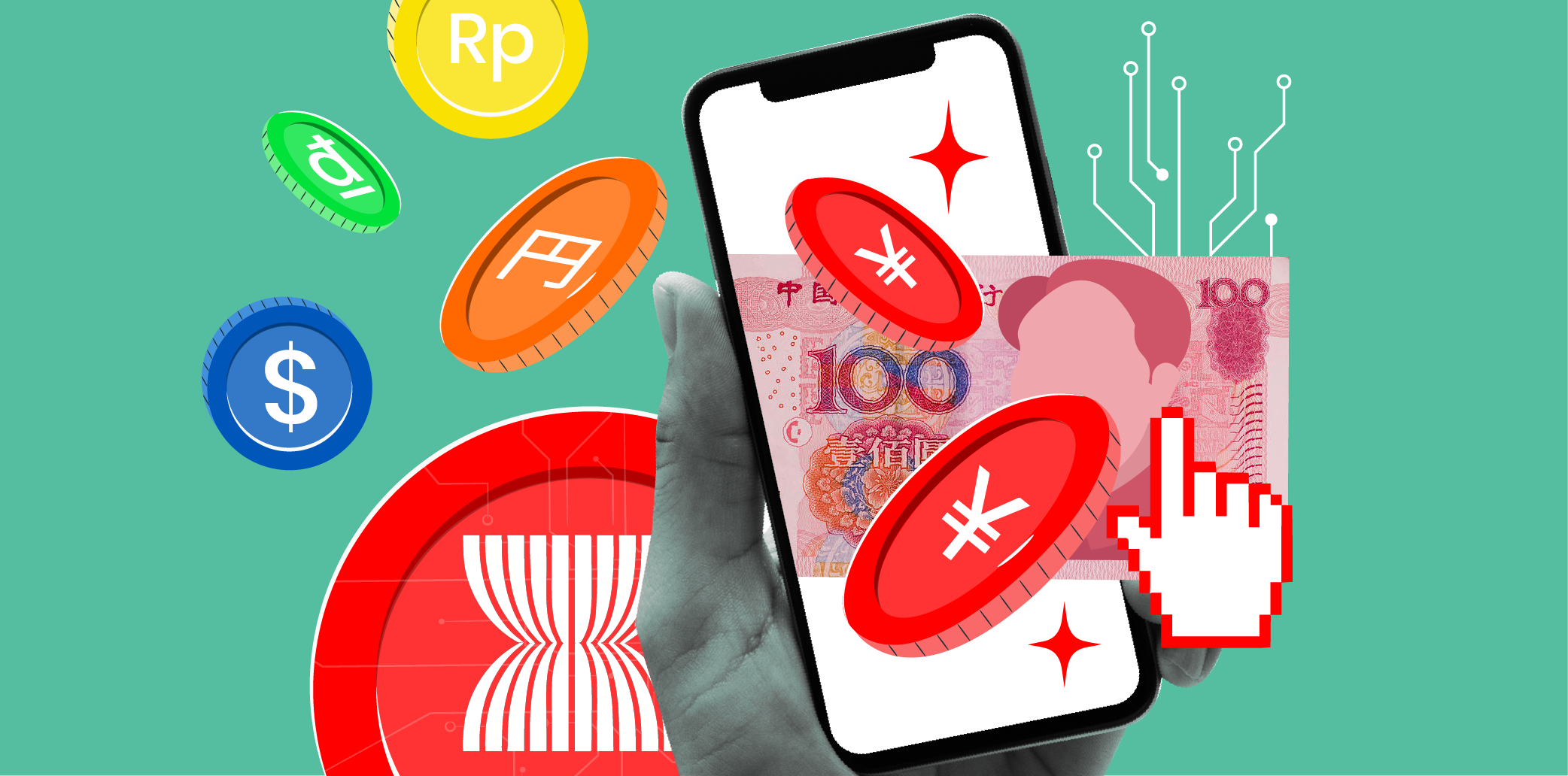The Bank of Japan is working with the country’s top three banks and regional financial institutions to launch trial transactions of a digital yen this spring, Nikkei has learned.
During the two-year central bank digital currency (CBDC) pilot program, the BOJ will work with private-sector banks to test deposits and withdrawals from accounts, and check whether the currency can work without internet access in an emergency. Depending on the results of the trial, it will decide whether to go ahead with a digital currency as early as 2026.
The BOJ is one of several leading central banks, along with counterparts in China, the U.S., and Europe, exploring national digital currencies as a supplement to—or substitute for—physical cash as more economic activity moves online.
The Japanese central bank last year conducted an internal trial to test the basic functions needed for a digital currency, such as issuance and circulation. The upcoming program is an end-stage trial with an eye toward practical use.
Banks have been eager to join, according to the BOJ. The central bank is also recruiting fintech companies and IT vendors to develop security measures like identity verification.
The central bank has yet to decide whether to actually move forward with a digital yen. Beyond the technical questions, a digital yen would require public buy-in as well as laws and systems to accommodate it, which would take time to set up. The bank would continue to issue physical currency alongside its digital counterpart.
BOJ Gov. Haruhiko Kuroda said in January that in his personal view, a decision could be made by 2026.
A CBDC could offer greater convenience than cashless payment methods now provided by the private sector. Whereas credit card payments by consumers can take a month to reach retailers, a CBDC could enable immediate money transfers—including after hours or on weekends—potentially with lower transaction costs.
And unlike existing forms of e-money that are accepted by a limited set of stores and transportation providers, a digital yen would in principle need to be usable anywhere that takes cash to have the same level of convenience. That could also encourage more places to enable cashless transactions, a point on which Japan has lagged behind other advanced economies.
A survey by the Bank for International Settlements found that around 90% of central banks worldwide are “engaged in some form of CBDC work.”
China, a pioneer in the field, has conducted regional pilot programs for the digital yuan, which can be used for actual purchases. In the U.S., the Federal Reserve Bank of New York this month launched a proof-of-concept project with Citigroup and other financial institutions.
The European Central Bank is working with private-sector partners including Amazon.com on testing a digital euro, with a decision on a launch due as early as next year.
Cryptocurrencies not managed by a central bank, like bitcoin, have the potential to significantly reduce the time and cost of moving money across borders. But they also heighten the risk of money laundering, as well as the sort of malfeasance that allegedly led to the downfall of exchange operator FTX Trading, spurring calls for central banks to enter the field.
But issuing a CBDC comes with its own challenges, including figuring out how to eliminate the risk of hacking and how to handle personal information to allay privacy concerns. These hurdles are part of the reason why Washington and Brussels have yet to make a final call.
This article first appeared on Nikkei Asia. It has been republished here as part of 36Kr’s ongoing partnership with Nikkei.

